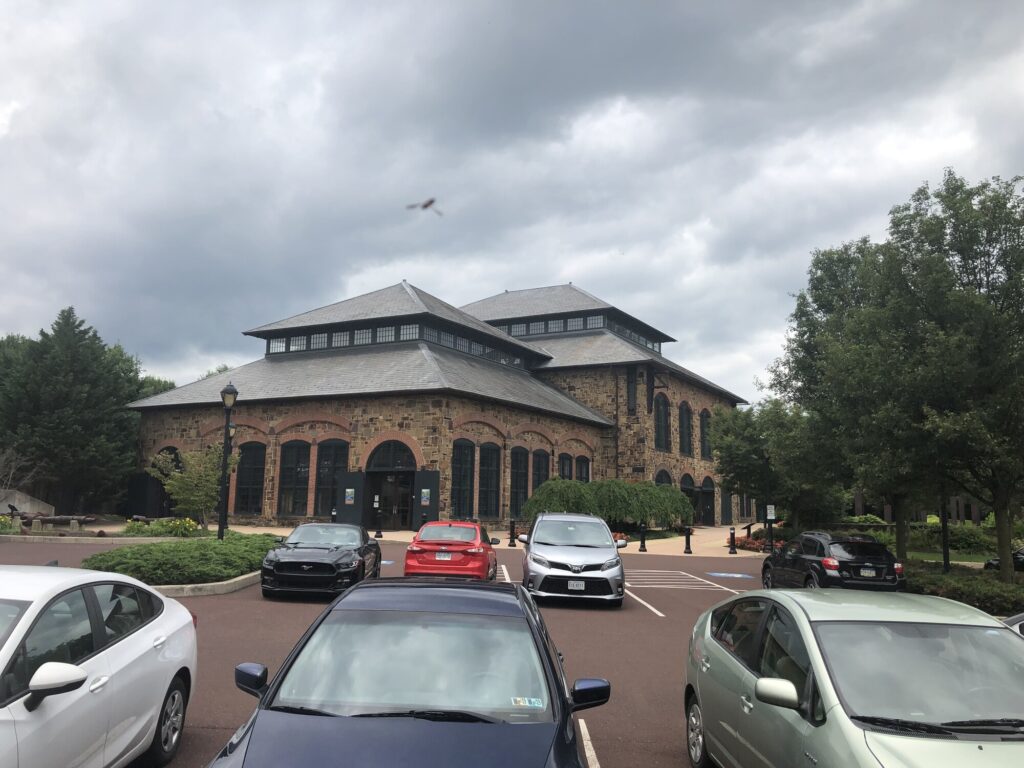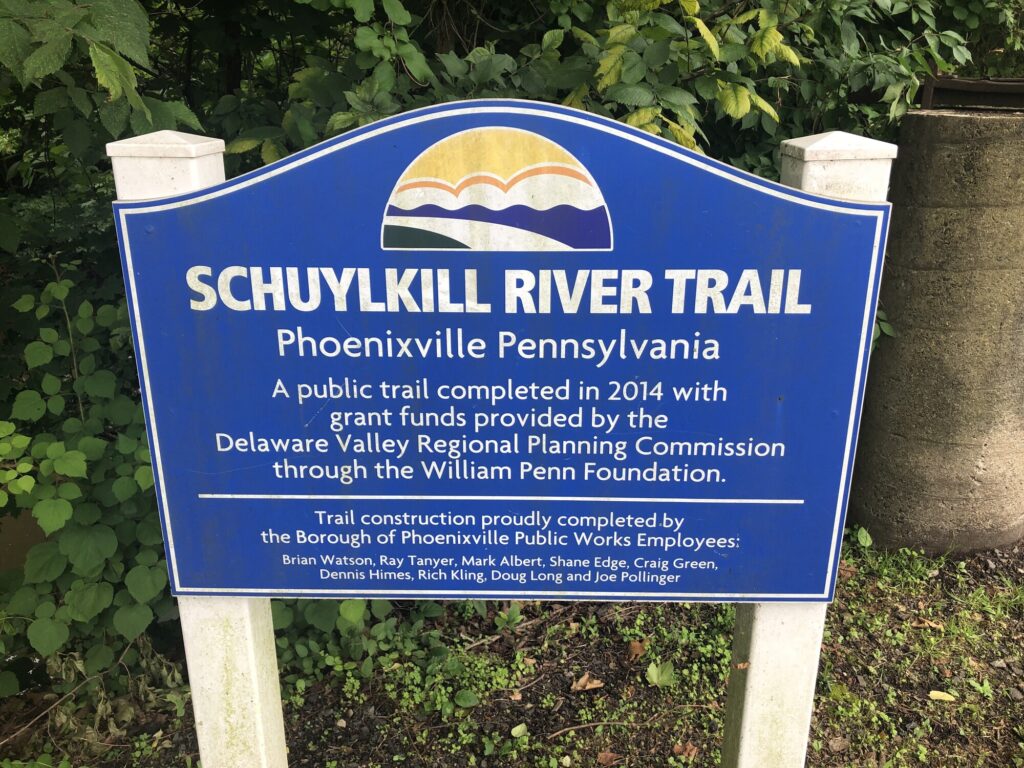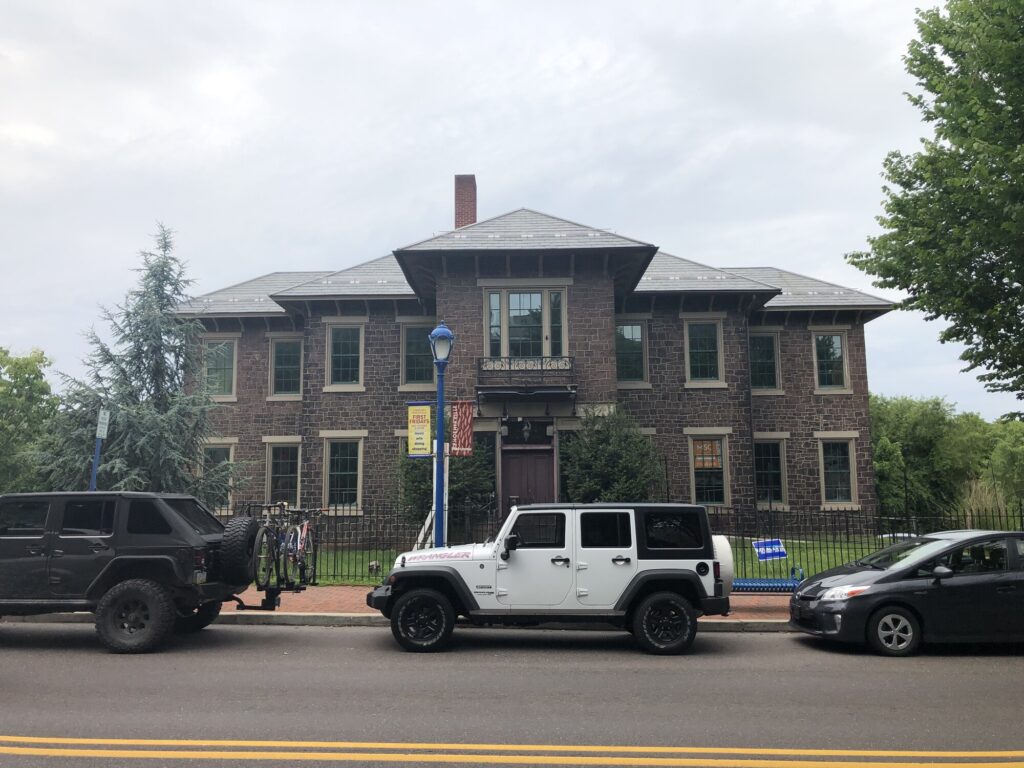Phoenixville
From my travels, June 17, 2019.
Since I had already taken the day off work to get some dental work done in the morning, I figured that I might as well use the rest of the day to check out some history stuff that had been on my list for a while. It was time to head north, to Phoenixville, PA.

This cool town was once the home of the Phoenix Iron Works, a large industrial operation that made a number of iron products. The most interesting ones for my purposes were the 3-inch Ordnance Rifle that was used by the Union army during the Civil War. A large majority of the cannons of this type were made right here in Pennsylvania along the Schuylkill River.
After my recent visit to the West Point Foundry in New York, I felt that I had to see this other artillery factory that was closer to home. In retrospect, I’m really glad that I decided not to wait any longer – as you’ll see in a little bit.

There are a few remnants of the old iron works still around. The most notable is the Foundry Building that was built in 1882. This structure has been restored and now serves as an event venue (with a small museum as well). A few blocks over, the Superintendent’s Office Building still exists as a restaurant. It was vacant during my visit.

Opposite the Foundry Building, on the path of the Schuylkill River Trail, was a “demo” bridge built out of Phoenix Columns – another of the company’s products for creating pre-fab bridges – that dates to 1871. This bridge carries the trail across French Creek.

Sadly, all of these structures were built in the post-Civil War years. The site where the artillery was made was on the north side of French Creek, along the trail. I was able to walk along the path, and even went off on some side trails, but I couldn’t find any ruins that looked to be from the right era. There was a lot of poured concrete, which I think would have been installed later. The iron works eventually made the transition to steel, and continued to operate into the 1970s.

Today, the site where the cannons would have been forged is a new neighborhood called “Steelpointe“. Nothing of these houses existed when I visited in 2019, so I’m glad that I was able to see the site in as “pure” a form as possible. I wonder how many of the people who live here realize how important this stretch of land along the creek was to the Union war effort. I’m constantly reminded of how much history is directly under our feet, if we only have the will to explore it.
While I was in the area, I also rolled through Valley Forge National Historical Park, but that’s a story from another post, as I decided to go back the next weekend with my boys.